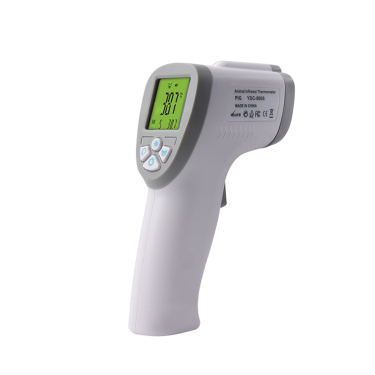
# Dog Thermometer: Essential Tool for Monitoring Your Pet’s Health
## Why Every Pet Owner Needs a Dog Thermometer
As a responsible pet owner, monitoring your dog’s health should be a top priority. One of the most fundamental yet often overlooked tools in pet care is the dog thermometer. Unlike human thermometers, these specialized devices are designed specifically for canine use, providing accurate readings that can help detect early signs of illness.
## Understanding Normal Dog Temperature
Before using a dog thermometer, it’s crucial to know what constitutes a normal temperature range for your pet:
– Normal range: 101°F to 102.5°F (38.3°C to 39.2°C)
– Puppies may have slightly higher temperatures
– Temperature can vary slightly by breed and size
## Types of Dog Thermometers Available
Modern pet care offers several options for monitoring your dog’s temperature:
### 1. Rectal Digital Thermometers
Considered the gold standard for accuracy, these thermometers provide quick readings in about 30 seconds. Look for models with flexible tips for added comfort.
### 2. Ear Thermometers
Infrared ear thermometers measure the heat from your dog’s ear canal. While less invasive, they may be slightly less accurate than rectal models.
### 3. Non-contact Thermometers
These innovative devices measure temperature without physical contact, using infrared technology to scan your dog’s body surface.
## How to Properly Use a Dog Thermometer
Proper technique ensures accurate readings and minimizes stress for your pet:
– For rectal thermometers: Lubricate with petroleum jelly and insert gently about 1 inch
– For ear thermometers: Follow manufacturer instructions carefully
– Always clean the thermometer before and after use
– Reward your dog with treats to create positive associations
## When to Check Your Dog’s Temperature
Regular temperature checks can help establish your pet’s baseline. Be sure to monitor when you notice:
Keyword: dog thermometer
– Lethargy or unusual behavior
– Loss of appetite
– Vomiting or diarrhea
– Before and after vaccinations
– During hot weather or after intense exercise
## Interpreting the Results
Understanding what the numbers mean is crucial for proper pet care:
– Below 99°F (37.2°C): Hypothermia – seek veterinary attention
– 103°F (39.4°C) or above: Fever – consult your veterinarian
– 106°F (41.1°C) or above: Emergency situation requiring immediate care
## Choosing the Right Dog Thermometer
When selecting a thermometer for your pet, consider:
– Ease of use and cleaning
– Speed of reading
– Comfort features for your dog
– Waterproof options if needed
– Backlit displays for nighttime use
## Maintaining Your Dog Thermometer
Proper care ensures longevity and accuracy:
– Clean after each use with alcohol wipes
– Store in a protective case
– Replace batteries as needed
– Check accuracy periodically against a known standard
Investing in a quality dog thermometer is one of the simplest yet most effective ways to monitor your pet’s health. By regularly checking your dog’s temperature and understanding the results, you can catch potential health issues early and provide the best possible care for your furry companion. Remember that while a thermometer is an essential tool, it doesn’t replace professional veterinary care when needed.